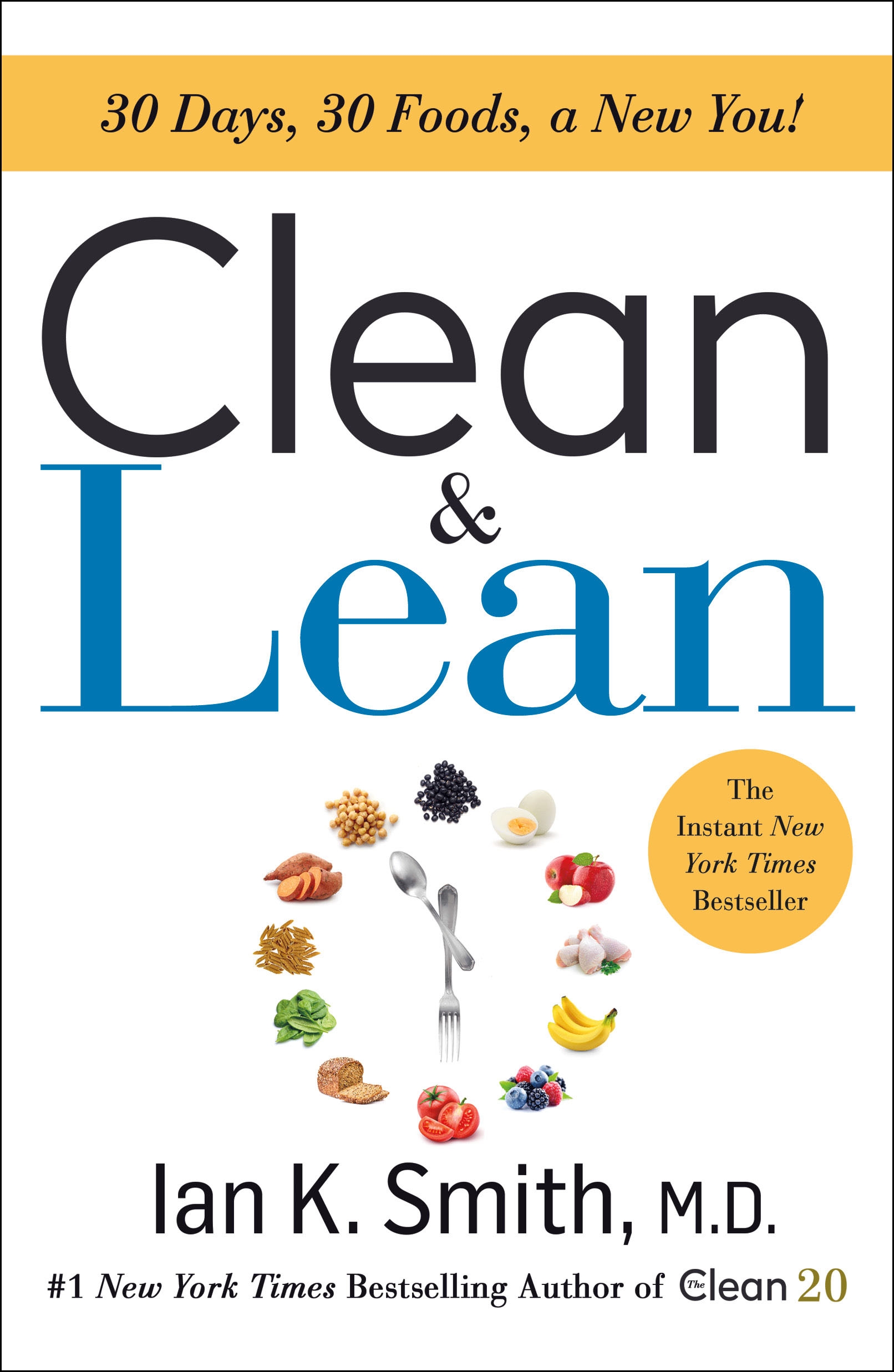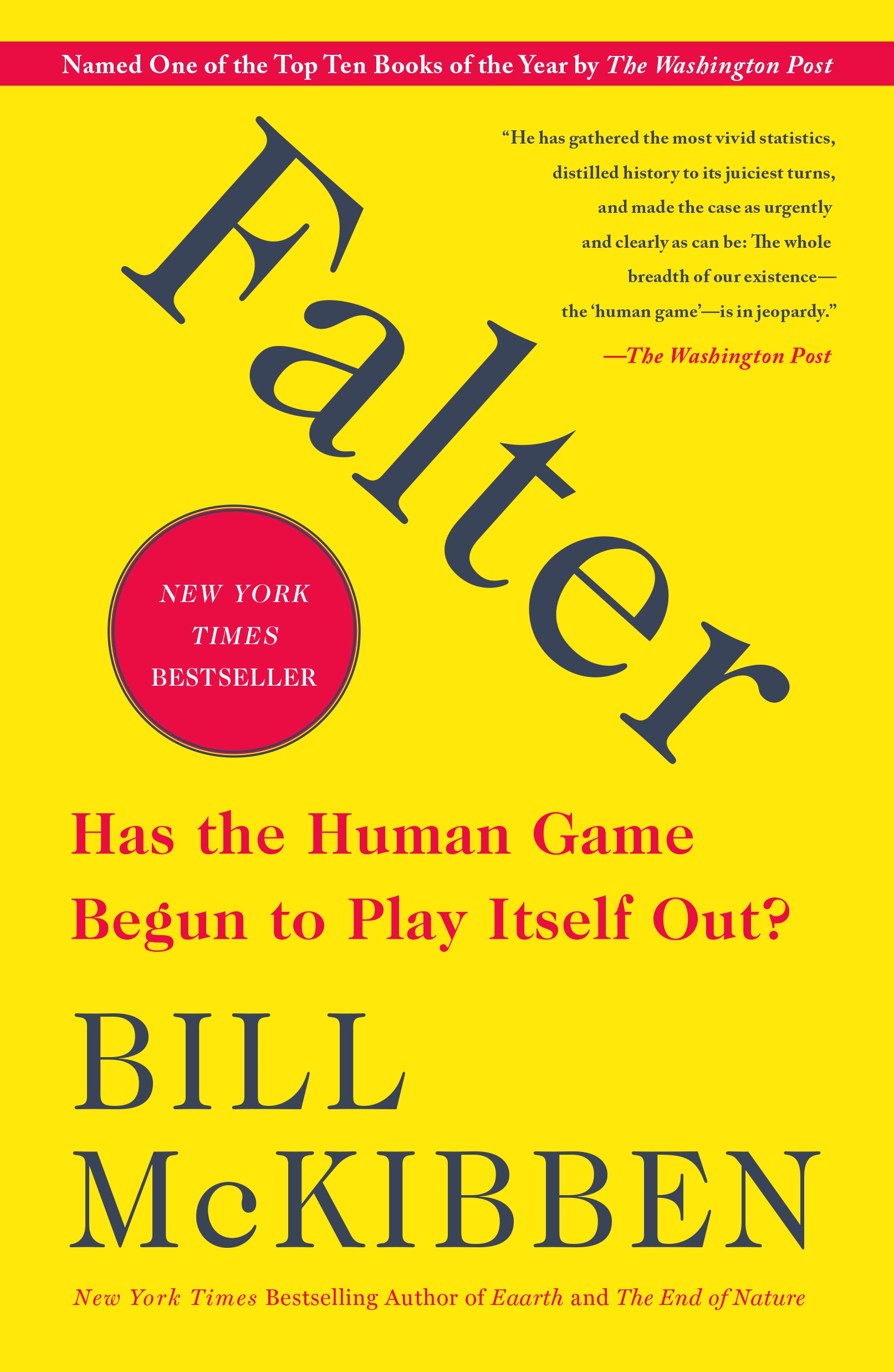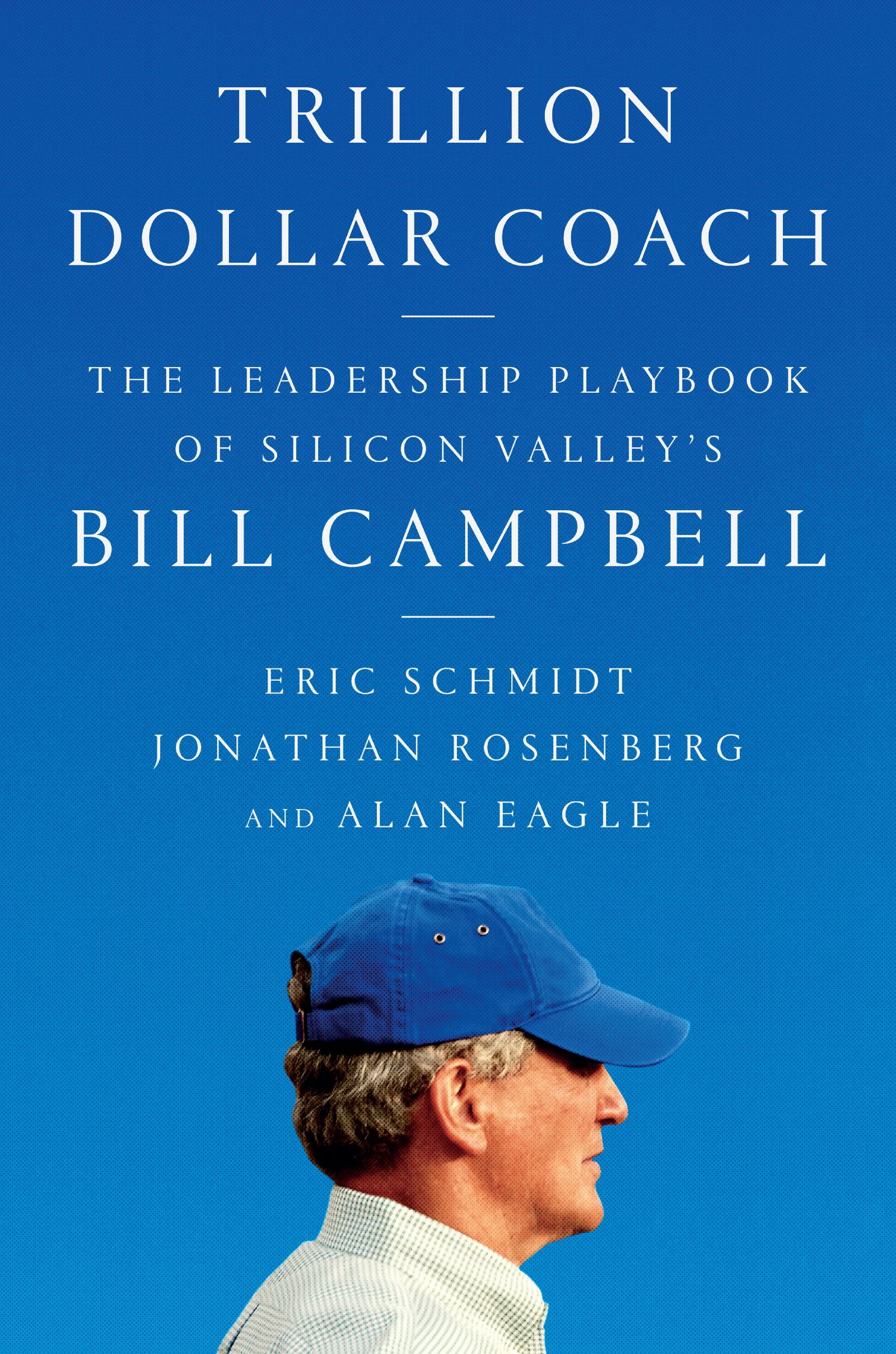Acsm's Clinical Exercise Physiology
by American College of
2021-01-07 21:16:32
Acsm's Clinical Exercise Physiology
by American College of
2021-01-07 21:16:32
ACSM''s Clinical Exercise Physiology adapts and expands upon the disease-related content fromACSM''s Resource Manual for Guidelines for Exercise Testing and Prescription, 7th Edition,to create a true classroom textbook. This new resource offers resea...
Read more
ACSM''s Clinical Exercise Physiology adapts and expands upon the disease-related content from
ACSM''s Resource Manual for Guidelines for Exercise Testing and Prescription, 7th Edition,to create a true classroom textbook. This new resource offers research-based coverage of more than 35 conditions commonly seen in practice—from a host of cardiovascular disorders to immunological/hematological disorders.<BR <BR Condition chapters are organized by disease types and then divided into sections that cover specific conditions from a pathological and etiological perspective. To provide a complete view of clinical exercise physiology, the book also covers important considerations and foundational elements, such as screening, pharmacology, and electrocardiography.<BR <BR As an American College of Sports Medicine publication, the text offers the unsurpassed quality and excellence that has become synonymous with titles by the leading exercise science organization in the world.
- eBook available. Fast, smart, and convenient, today''s eBooks can transform learning. These interactive, fully searchable tools offer 24/7 access on multiple devices, the ability to highlight and share notes, and much more.
- Complete alignment with the latest ACSM''s Guidelines ensures focused coverage of all essential topics.
- Evidenced-based coverage of over 35 conditions provides the most extensive coverage of diseases available for the course.
- A standard format in the conditions chapters (introduction, condition, pathology, clinical applications, case study, summary, and comorbidities case studies) makes specific information easy to find.
- A chapter on exercise genomics provides an overview of this new field and its potential clinical applications, while a separate chapter on electrocardiography provides a solid foundation for those who need to read and interpret EKGs.
- Special considerations beyond the conditions, such as comorbidities, the exercise environment, legal considerations, lifespan considerations, pharmacology, etc.) ensure complete coverage of clinical exercise physiology.
- In-text learning aids, including chapter-opening summaries and learning objectives, end-of-chapter review questions and case studies with questions for classroom discussion, help students prepare for practice.
Less






























